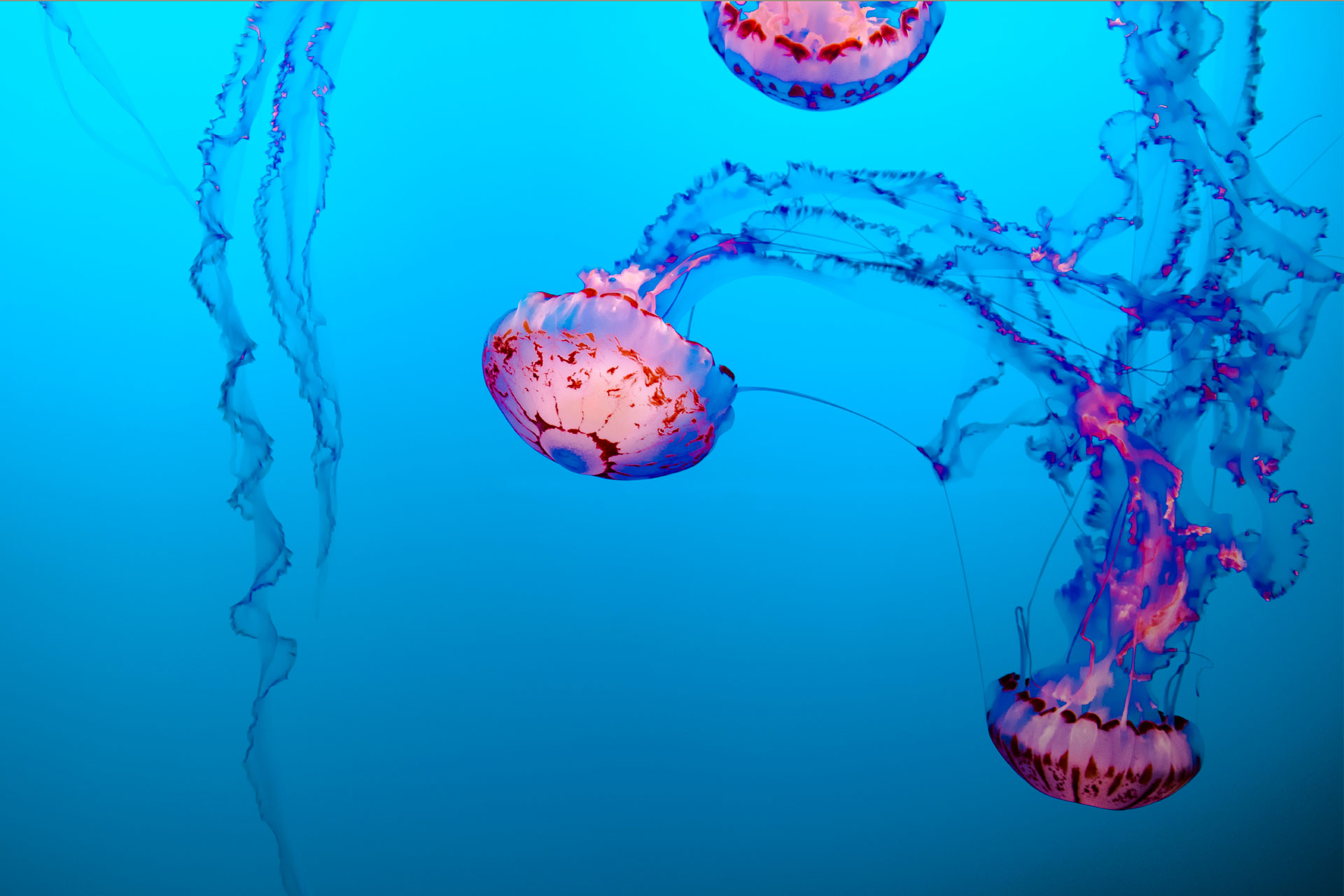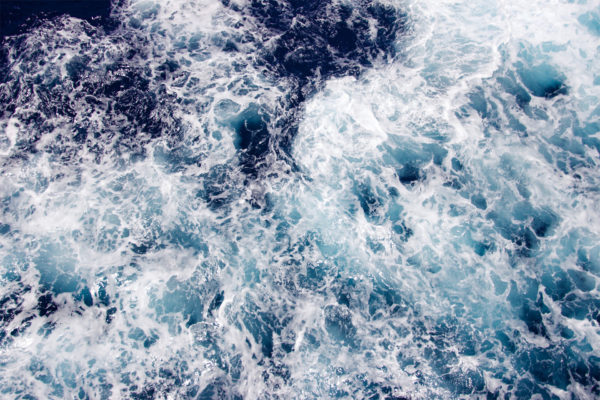Could A Robot Jellyfish Clean Up Our Ocean Floors?
By
2 years ago
The Max Planck Institute aims to save the world with Jellyfish-Bot

Meet Jellyfish-Bot, the underwater robot which could soon be cleaning the ocean bed.
The deep sea is littered with over 5.25 trillion pieces of plastic debris. So, asks the Max Planck Institute for Intelligent Systems, could robotics be the key to fixing this? They hope so – having developed a ‘jelly-fish inspired’ underwater robot, aptly named Jellyfish-Bot.
How Does Jellyfish-Bot Work?
The robot uses advanced electrohydraulic actuators (essentially its equivalent of muscles) to power the robot around, creating swirls of water underneath its body. As it swims upwards, objects are trapped within its path as it creates current around the body. Whereas an actual jellyfish would use this movement to take in nutrients, Jellyfish-Bot collects waste particles, which can later be transported to the surface.
What’s The Significance Of This Invention?
This technology could have real impact – because this is a big issue. According to one of the researchers behind Jellyfish-Bot, Hyeong-Joon Joo, it’s potentially as much as 70 percent of marine litter which sinks to the seabed, and plastic makes up the vast majority of this rubbish, struggling to degrade. At the depths of the seabed, plastic’s degradation tends to slow down and mostly break into microplastics. This technology, then, addresses an urgent issue. While other robots have been developed with environmental cleanup in mind, these have often been slow, power-demanding, and risky for fragile underwater environments, frequently disturbing aquatic species and coral reefs.
However, it is still early days for this technology. Jellyfish-Bot is currently a prototype, and for now requires a wire to operate, limiting its ability to be deployed in deeper water. The team of researchers are investigating means of steering the robot via wireless communication, and hope to create deployable underwater robots to clean up our oceans in the near future.
These findings were shared in Science Advances.
Featured image by Tim Mossholder, Pexels.






